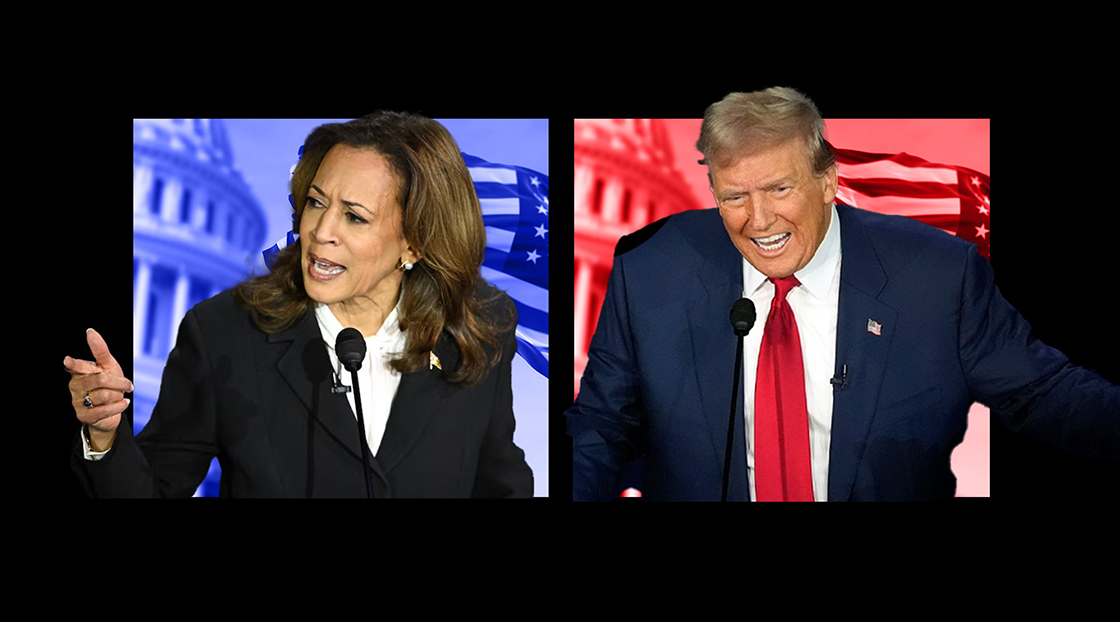Higher education is facing a unique set of circumstances not seen in at least several decades: an enrollment cliff that’s contributing to some three schools closing every month on average this year, tuition prices mostly outpacing even historic inflation in the U.S. economy, and a growing percentage of college-aged adults choosing blue-collar jobs over university study.
Accreditation is, by nearly all accounts, a growing bureaucratic mess that’s making schools more bloated than ever with administrators. Americans’ confidence in higher ed has cratered in recent years among every major demographic.
The list of issues goes on and could fill an entire book.
But you wouldn’t know it watching the Sep. 10 debate between former President Donald Trump and current Vice President Kamala Harris (or the Oct. 1 vice presidential debate between Sen. JD Vance and Gov. Tim Walz). The candidates vying to replace Joe Biden in the White House spoke about their views on the economy, immigration and abortion during their 120-minute showdown in Philadelphia last week, ignoring the topic of higher ed altogether. Neither candidate offers much of a comprehensive plan on their official campaign website, leaving voters to more or less piece together the candidates’ respective stances based on recent statements and their political records.
“I think both candidates are spread thin in their policies and the specificity because neither campaign sees higher ed as a lynchpin in the election,” explained Jennifer Steele, professor of education at American University. “So they’re putting more policy energy into things they think are going to move the needle; things like Roe v. Wade, immigration, and the Affordable Care Act.”
Steele has specialized in education policy at the D.C.-based American University since joining as a faculty member in 2014. She said she “wouldn’t be surprised” if the two candidates left out key details on their higher ed policy until after the election.
But here’s at least what we know so far.









